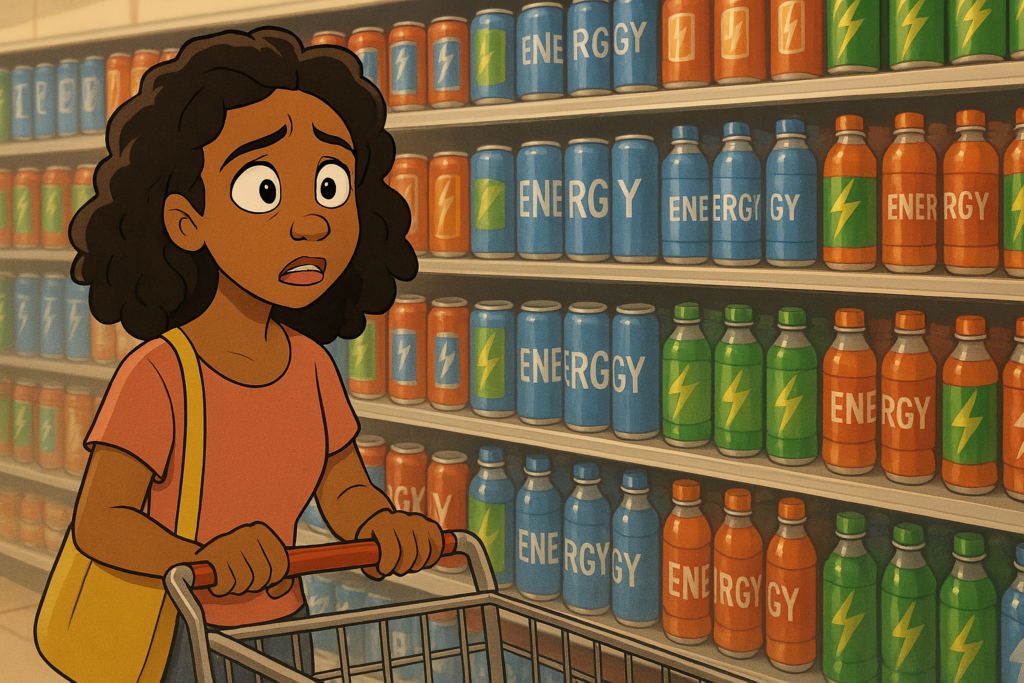
In the last two emails, I explored how Anchoring Bias and Loss Aversion create weird invisible barriers between your product and potential customers.
Today, we’re tackling what I have seen to be the most counterintuitive barrier of all: The Paradox of Choice.
We intuitively believe that offering customers MORE options is better. How can it not be?
More features, more versions, more customization — surely this increases the likelihood of meeting each customer’s specific needs!
Science says otherwise.
In a famous experiment, psychologists Sheena Iyengar and Mark Lepper from Columbia and Stanford universities set up a tasting booth with exotic jams in a grocery store.
When they offered 24 different varieties, 60% of shoppers stopped to sample.
When they offered just 6 varieties, only 40% stopped.
So, people seemed to prefer more choice, right?
Well, here’s the wild part: among the LARGE assortment, only 3% of samplers made a purchase.
What about the SMALL assortment? 30% bought jam.
That’s a 10X increase in conversion by offering FEWER options.
This pattern has been replicated across countless product categories, from retirement plans to chocolates to software features. While variety attracts initial interest and sounds like what we prefer, it often paralyzes actual decision-making.
That’s why Costco only stocks one or two options for any given type of product. People quickly grab one, instead of contemplating the choices and buying fewer things on their visit.
In I Need That, I discuss the distinction between the dog brain (emotional, impulsive) and tank brain (analytical, cautious).
The Paradox of Choice reveals how these two very different systems work together against sellers when faced with too many options:
- The dog brain gets overwhelmed and shuts down
- The tank brain gets activated which often leads to analysis paralysis
- The combined effect is often complete decision avoidance
This also helps explain why simplified products like the original iPhone (which lacked many features competitors offered, like a keyboard, MMS support and copy/paste) can dominate more “fully-featured” alternatives.
Product Payoff: Basecamp grew to millions of users by deliberately offering fewer features than competitors like Asana or Monday. Their “opinionated software” philosophy meant saying no to customer requests that would add complexity. By forcing users into a simpler workflow, they achieved higher adoption rates and lower abandonment. Their strategy of “better through less” helped them bootstrap to over $280 million in annual revenue without external funding.
Try this quick test: If you removed half your features or options, which would you cut? What if those cuts would actually increase sales, not reduce them?
In our next email, I’ll explain how Hyperbolic Discounting makes customers choose “good enough now” over “great later.”
Has choice overload affected your product, or the way you buy? Tap that delightfully simple reply arrow and tell me how you’ve addressed it.
I love when readers do, and ALWAYS write back.
Or reach out to my amazing team of product marketing specialists at Graphos Product.
